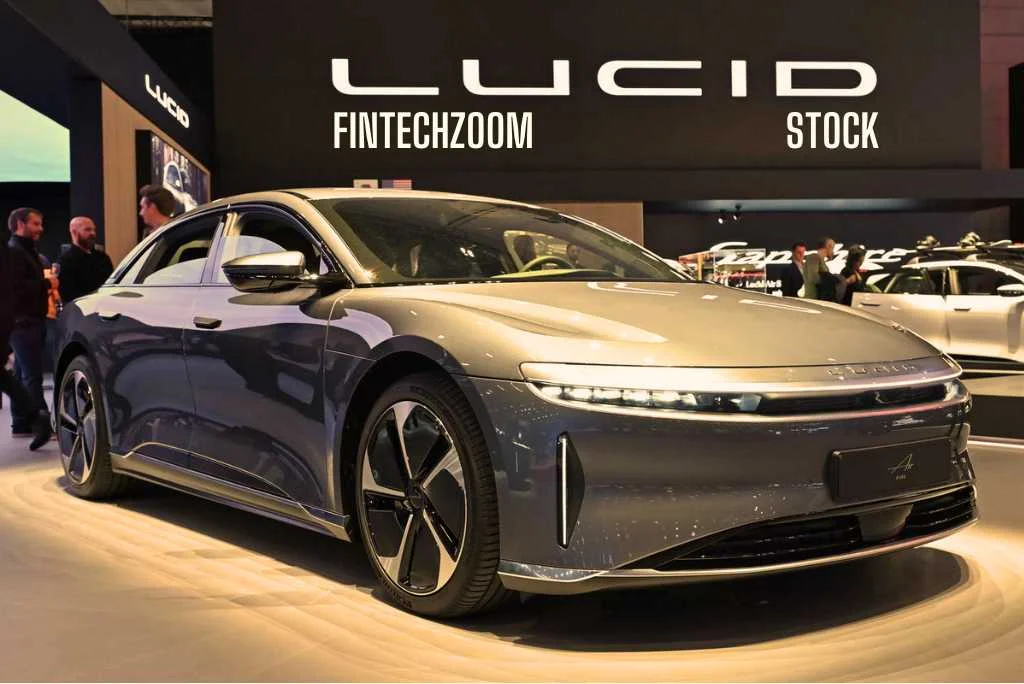For decades, the United States has enjoyed an undisputed technological advantage in military hardware. From stealth aircraft to precision-guided munitions, U.S. forces have long relied on advanced weaponry to project power across the globe. However, that long-standing dominance is now facing a serious challenge. China, through massive investment and focused strategic planning, is rapidly closing the gap with America in the realm of high-tech weaponry.
A Strategic Priority for Beijing
China’s pursuit of cutting-edge military capabilities is not accidental. Since the early 2000s, the Chinese Communist Party (CCP) has made military modernization a top national priority. Under the leadership of President Xi Jinping, that effort has accelerated, with goals clearly articulated in state documents. The People’s Liberation Army (PLA) is undergoing a transformation aimed at turning it into a “world-class military” by 2049 — the centenary of the People’s Republic of China.
To this end, China is investing heavily in key areas such as artificial intelligence (AI), hypersonic weapons, cyber warfare, space-based systems, quantum computing, and autonomous platforms. The country’s civil-military fusion strategy ensures that technological advances in the private sector are leveraged directly for defense applications. Universities, tech firms, and military research institutions work in concert, creating an innovation ecosystem with military ends in mind.
Hypersonic Weapons: A Notable Lead
One of the most concerning developments for the U.S. defense establishment is China’s apparent lead in hypersonic weaponry. These weapons, capable of traveling at speeds greater than Mach 5 and maneuvering in flight, are difficult to track and nearly impossible to intercept with current defense systems. In 2021, U.S. officials revealed that China had conducted a successful test of a hypersonic glide vehicle that circled the globe before descending toward its target. This demonstration stunned Pentagon officials, highlighting a significant technological advancement that the U.S. had not anticipated.
While the United States is also developing hypersonic weapons, China’s ability to test and deploy them at scale gives it a temporary advantage. This lead in hypersonic technology could be a game-changer, particularly in a potential conflict over Taiwan or in contested areas of the South China Sea.
AI and Autonomous Systems
Artificial intelligence is another frontier where China is making rapid progress. Beijing sees AI as a cornerstone of future warfare, enabling faster decision-making, enhanced targeting, and autonomous operations. The PLA is already experimenting with AI for surveillance, drone swarming, and battlefield analysis.
Unmanned systems — both aerial and underwater — are proliferating within the Chinese military. These systems, enhanced by AI, could be used in large numbers to overwhelm adversaries. China’s interest in autonomy is not limited to drones but extends to ground vehicles, ships, and even robotic soldiers in experimental phases. By integrating AI across military platforms, China aims to enhance its combat efficiency while minimizing human exposure.
Cyber and Electronic Warfare Capabilities
China has also built formidable cyber and electronic warfare capabilities. The U.S. has long accused Chinese hackers, many of them linked to the PLA, of conducting cyber espionage campaigns targeting sensitive military and industrial secrets. These capabilities extend to the battlefield, where China has developed the means to disrupt enemy communications, jam GPS signals, and potentially blind satellites — all of which would severely degrade U.S. operational capabilities in a conflict.
The PLA’s Strategic Support Force, created in 2015, is responsible for overseeing China’s space, cyber, and electronic warfare efforts. Its existence underscores how seriously Beijing takes the digital domain as a battleground.
Space: The New High Ground
Space has emerged as a new domain of military competition, and here too China is investing heavily. The country has developed anti-satellite weapons, demonstrated satellite jamming capabilities, and launched reconnaissance and navigation satellites that support both civilian and military objectives.
In 2007, China shocked the world by destroying one of its own weather satellites in orbit using a missile — a clear demonstration of its anti-satellite prowess. Since then, it has expanded its space-based infrastructure, launching satellite constellations that rival or complement those of the United States. Control of space, or even temporary denial of it, would be critical in any future military confrontation.
Defense Spending and Industrial Policy
Although the U.S. still spends significantly more on defense in absolute terms, China’s military budget is more targeted and less burdened by global commitments. The PLA focuses primarily on its regional sphere, allowing it to tailor its capabilities for potential flashpoints such as Taiwan, the East China Sea, and the South China Sea.
Moreover, China’s state-directed industrial policy allows for greater alignment between military needs and industrial output. Defense firms in China do not face the same procurement bureaucracy or cost overruns that often plague Western contractors. This agility enables faster prototyping, testing, and deployment of new technologies.
Implications for Global Security
The narrowing technology gap between China and the United States has significant implications for global stability. In a future conflict scenario, especially in East Asia, the U.S. can no longer assume it holds a technological edge. This shifts strategic calculations and could embolden China to take riskier actions, believing it has the means to deter or defeat U.S. intervention.
American military planners now emphasize “great power competition” in their strategic outlook, recognizing the need to invest in next-generation systems, improve cybersecurity, and bolster alliances. The U.S. is also working to ensure that it retains a qualitative edge by enhancing cooperation with allies in areas like intelligence sharing, joint exercises, and technology development.
Conclusion
China’s rise as a high-tech military power marks one of the most consequential shifts in global geopolitics since the end of the Cold War. While the United States still maintains superiority in many areas, that lead is no longer insurmountable. Beijing’s focused investment, strategic ambition, and integration of technology across its defense apparatus are closing the gap quickly. The coming decades will determine whether this narrowing gap leads to a dangerous confrontation — or a new balance of power that must be carefully managed by all sides.



